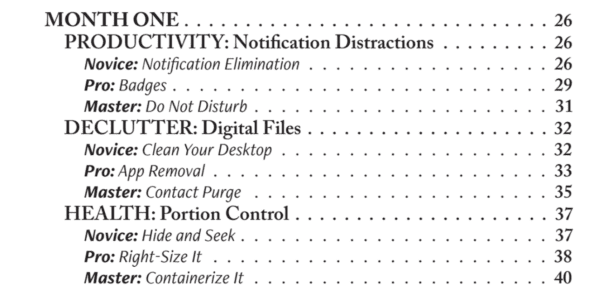Stepping onto the TEDx stage was a unique experience and a rollercoaster of emotions. Whether you're a speaker or not, this podcast and blog post will give you a glimpse into the intense process of TEDx preparation and delivering such an important talk and the invaluable lessons I earned. Watch my TEDx here.
Intro to TED and TEDx
First, a quick intro to TED, which stands for Technology, Entertainment, and Design. TED talks are 18 minutes or less of a topic that is an ‘idea worth spreading.' No TED speaker gets paid, not even Bill Gates and they tend to be very well-known people. TEDx is under the umbrella of TED and is focused on a local geographic area like a city or a school. The event often has a theme; you must live in or near the area or have some tie to it.
I applied for TEDx NCState and was accepted due to my tie of speaking twice yearly to the Park Scholars on the topics of focus and distraction.
University TEDx events are run by students and are assigned student curators rather than a speaker coach.
This TEDx talk differed from my usual. It was very personal and vulnerable and not what I usually speak about. I am more of a ‘how' speaker. I teach and train and give a little bit of the ‘why' and focus on the ‘how' to save you time, energy, and focus. This was 15 minutes on the why I do what I do and how I came to have my beliefs about it. I'm only on LinkedIn and tend to stick to business, so sharing personal stories about some of my epic failures felt like I was looking for attention, and that's not me. But I knew my story was many people's because so much of it was my clients' stories, too.
Something else different is that I'm not a speaker that goes off a script. With more of a workshop/training format, I ask many audience questions and get the engagement that way. With the storytelling and short format of TEDx, I needed it to be rehearsed. Some events even ask for the script and ask you not to deviate. I've only memorized talks a couple of times for other events, and it's much more challenging for me.
Preparation Process
The preparation process for a TEDx talk was a unique and intense experience. It involved countless hours of scripting, rehearsing, and refining every word, every pause, and every emotion to ensure a compelling and impactful delivery.
I first hired Helen Moses, RaderCo's Vocal Communications Specialist and former TEDx Raleigh coach, to help with my script. In January, I rehearsed with my student curators, my Speakers With Impact Mastermind, and then three times with Storytelling Expert Kelly Swanson.
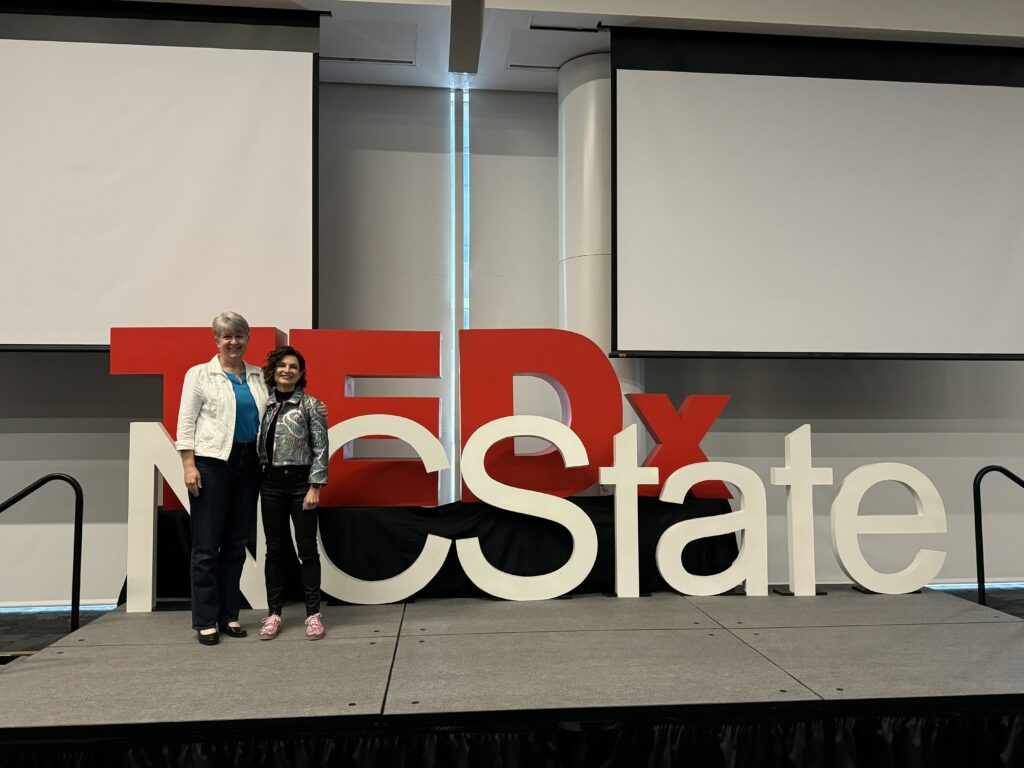
Each time, I took their feedback and continued to tweak it.
Then, I presented to the Born Toastmasters group of professional speakers. They were kind enough to allow me to test it out, and their feedback was invaluable, allowing me to shift an entire section of the talk.
I made a point not to rehearse in front of any of my friends because I wanted the talk to surprise them when they saw it. Some of them had been with me during parts of my life I was speaking about, or they were mentioned in the talk itself. I couldn't even rehearse in front of my husband!
Rehearsals
I rehearsed for 15-30 minutes every day, seven days a week, and then an hour a day in the last month. I would spend five minutes on just one section, memorizing that section. Then, I spent another five minutes reading the sections before and after it, and then I would do the entire talk. I rehearsed all the time – in my infrared sauna, after doing a set of pull-ups or burpees so my heart rate would be up (in case of nerves), as I walked around my neighborhood (yes, I talked to myself and probably scared my neighbors) and in the car.
The most important thing I did for rehearsal was rent an Airbnb cottage for two nights, about 75 minutes from my house. It was on a farm with a back deck, perfect for pretending it was my stage. Between 45-minute rehearsal sprints, I walked their property (sometimes rehearsing then, too). I spent day two creating a workshop to accompany it.
I didn't add slides until a month before because I wasn't sure if I would use them, but enough people told me it would add to it. I only added a few, but I agree that they were necessary.
In the last week, I rehearsed an hour a day, and on the day of the event, I went through it about 4-6 times. I wasn't worried that it would seem canned because there were still some lines or words I would ad-lib a little—not too much, though. Because I reviewed my script so many times, I didn't want a single extra line that wasn't necessary or didn't add to the story. I was intentional about it being under 15 minutes.
There are also two sections in the story, one about my friend Lisa and one at the end where I am hugging my husband, where I got choked up or cried all but four times the entire time I rehearsed them. I couldn't believe I was still that emotional about it, even on the day of the event! I didn't mind getting choked up a little, but I didn't want the audience to feel like they had to take care of me. Thankfully, that night, I didn't lose it and break down.
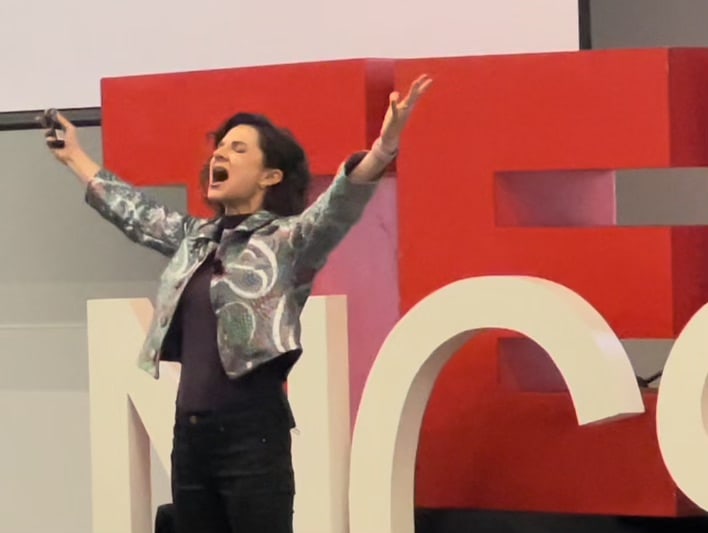
55 Hours!
Ultimately, from the application to the event day, I had put 55 hours into it. Yes, I kept track! When I hear people comment about speakers like “They get paid WHAT to speak for an hour?” or “They could pay me half that to speak.” … According to Nancy Duarte, who coaches people on keynotes, a brand new one-hour keynote should take about 90 hours to research and develop content, create the slide deck, and practice the delivery. Plus, speakers are constantly building on it based on what's working and what's not with the audience. A seasoned speaker will know how much story to include, how to engage an audience, and how to deliver effectively. Just like your favorite band doesn't write the song onstage or write and rehearse for a few hours to do a one-hour set, neither do speakers.
24 Hours Before
The day before the event, I received flowers from Judith and Elisabeth, RaderCo Productivity Specialists; that was my first insight into how much people were rooting and excited for me. The morning of the event, Concierge Lisa (and my bestie) pulled into my driveway at 7:30am with a unicorn carrot cake and power bites as well as a beautiful card (no one makes or writes cards like Lisa…I don't even try to compete with her). My friend Lilly called and said the most beautiful prayer for me, which made me sob with gratitude. My husband left late in the morning so I could have some alone time (which included about 20 minutes of Game of Thrones to decompress).
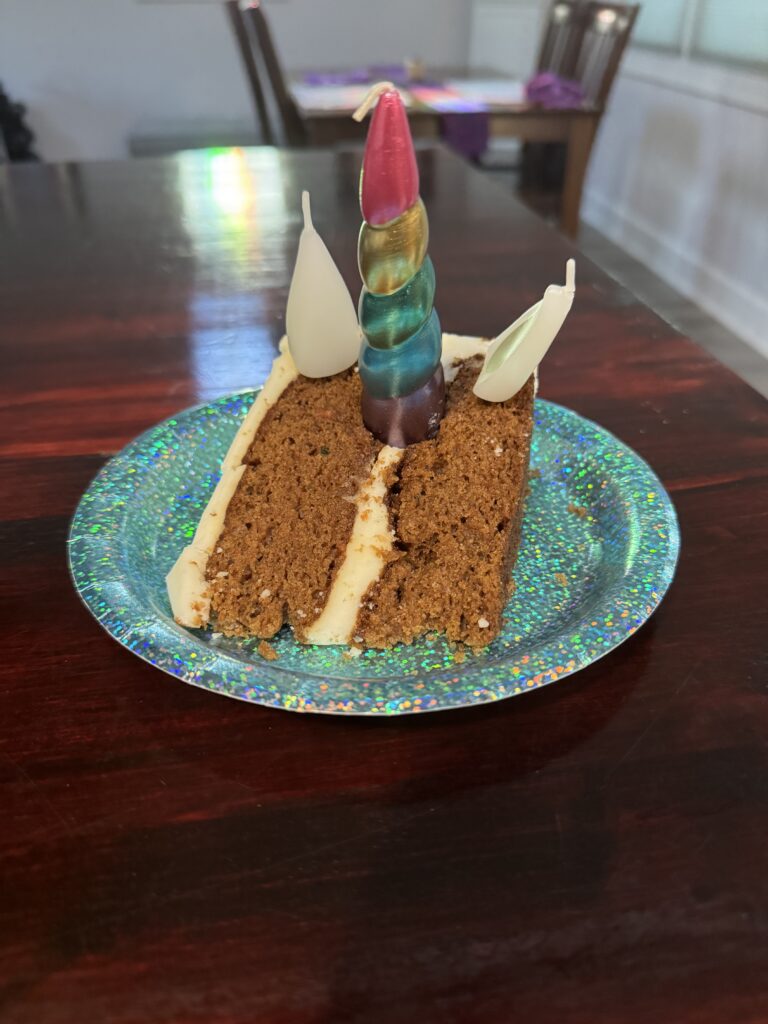
Fashion
Let's talk hair, makeup, and clothing! Clothes at TEDx are business casual. They recommend clothes you would wear to a retreat. I started having my stylist Michelle make funky pants to make the top simple. At the last moment, we switched to the matching jacket and kept the pants plain. I added some pink iridescent shoes, and it felt incredible!
She also did my hair and makeup that day, which I'm not good at, and I wanted to feel like a rock star when I hit that stage. Needless to say, I had countless comments about my outfit, and I was so proud to say it was custom-made by my friend!
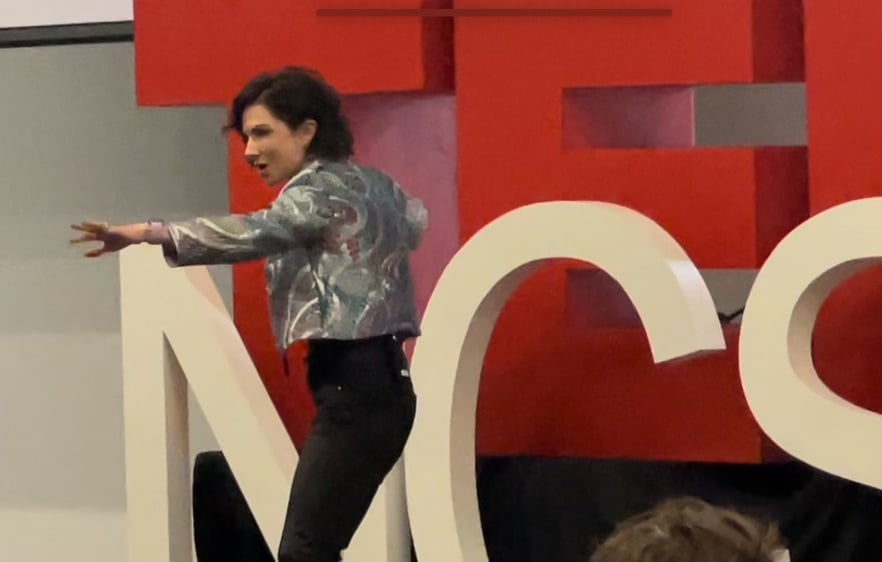
Hours Preceding
Three hours before I went onstage, I put two OraCoat Xylimelts in my mouth. After seeing three professional speakers in the previous month get dry mouth during their TEDx talk, I didn't want to take any chances. It's so wild how different TED is. I was more relaxed when speaking to 100 emirates in Dubai or in front of 3000 people. With TED, it's scripted, all about the video you receive, and you cannot go over 18 minutes. I digress…the Xylimelts go up into your gum and give you more saliva. They dissolved over about four hours, and I had no problem. I barely noticed them by the time I spoke.
The hour before, we had a speaker green room, but I opted to hang out in the hallway because there were students playing hangman, which was distracting. I also brought a root beer Olipop (my treat drink) and a small snack, which was good since the green room had no water. The snacks were potato chips and Oreos (note to anyone….do not eat Oreos before you go onstage!).
Stage time!
The event room was challenging because it was long and narrow. This means that in the video, you look like your head is on a swivel because you are looking back and forth to engage the far sides of the room. I've been unable to use video from other events because of this. I was so intent on making them feel part of it that I didn't look to the middle! Instead, because the video from TEDx is so essential, I decided to pretend I had one of those cones that dogs wear on my head, and I only looked out about that much.
The lighting was weird in that there wasn't any. There wasn't a spotlight, so it was hard to see my transition slides, and it felt like a corporate business meeting. When I went onstage, the person running the slides had left to go to the bathroom and didn't tell anyone, so I waited. Yes, folks, you can wait until you are ready to go!
The Aftermath
Overall, I'm happy with how it turned out. I had a slide delay at the end where I was one slide behind, but most people said it wasn't that noticeable. There needed to be a confidence monitor, mirror, or anything to see what slide we were on without turning and looking at the slide, and I didn't want to do that. There are other things I would critique myself on as a speaker because that's my job. Still, given the emotional content when tears threatened to spill, I'm giving it a pass. The most important part was that it connected with the audience, and it did. People laughed when they were supposed to, and some even cried.
Lessons Earned:
- I should have made it very clear I wanted the lights down so it didn't feel like a business meeting.
- I should have peeked at my slide at the end to see which one I was on or brought my own mirror to sit up against a chair in the front to see where I was.
- Hiring Helen Moses to help me craft it while still keeping it authentic.
- Going to the AirBnB to rehearse and get in the right headspace.
- Having a custom jacket made because I felt like a rock star.
- Using the Xylitol melts.
Afterward, I was overwhelmed with comments from friends, audience members, clients, and other speakers. My favorite quote was, “That was an emotional rollercoaster everyone needs to ride on!”. My husband, who hasn't seen me speak in at least five years, said I was “astounding.” I got compliments on my delivery, comedic timing, and vocal range. Most importantly, I had people message me days later, saying the impact it had on them and how they were reevaluating their lives.
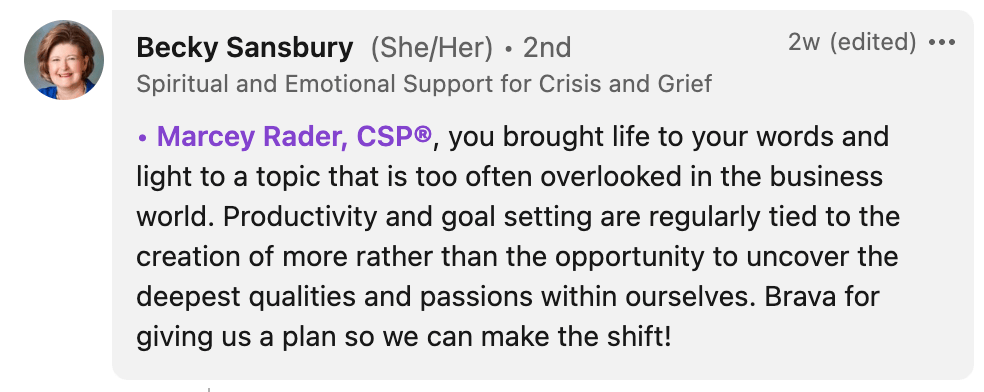

The entire weekend was filled with ugly cries as I left personal voice memos, texts, or emails to every person I had seen in the audience I knew. The responses would send me right back to the waterworks.
Using the video to market the ‘why' behind my ‘how' personality will be a great asset for business. Building the workshop to go along with the keynote will allow me to work with a group on discovering where they have unsustainable goals in their lives, determining whether they are living in alignment with what they say their priorities are, and figuring out why they are waiting to focus on certain health issues and relationships.
I'll let you watch the video and see what I mean by the Relentless Pursuit of More. I would love for you to respond in the video comments on your ‘more,' an unsustainable goal you've been carrying, or how the talk otherwise impacted your life.
If you would like to have this keynote and workshop delivered at your next event, please reach out via our website at helloraderco.com. Break the cycle of unsustainable goals to prioritize health, relationships, and what truly matters.
*I created this podcast and blog post from an efficiency standpoint because I knew many people would ask me about my TEDx preparation and experience. Now, I can send the post! Check out Part 2 with my speaker coach, Helen Moses.


